3DPrint.com | The Voice of 3D Printing / Additive Manufacturing |
- Seurat Plans to Multiply Metal 3D Printing Workforce Tenfold by 2025
- PEEK 3D Printed Oil and Gas Valves Now Available via 3ntr and Valland
- 3D Printed Hypercar to Be Distributed by Czinger Vehicles Global Dealer Network
- 3DPOD Episode 108: AM for Space & Defense with Brian Neff, Sintavia Founder and CEO
| Seurat Plans to Multiply Metal 3D Printing Workforce Tenfold by 2025 Posted: 07 Jun 2022 06:30 AM PDT Seurat, a metal additive manufacturing (AM) technology and services startup, has announced an ambitious plan to increase its number of employees from 100 to 1,000 by 2025. In a press release announcing this goal, the well-funded Massachusetts-based firm cited the doubling of its workforce over the past year as a primary point in favor of the feasibility of its expansion plan. It also referenced recent news of the Biden administration's allocation of $7 million from the Department of Energy (DOE) to the Industrial Assessment Center (IAC) program. 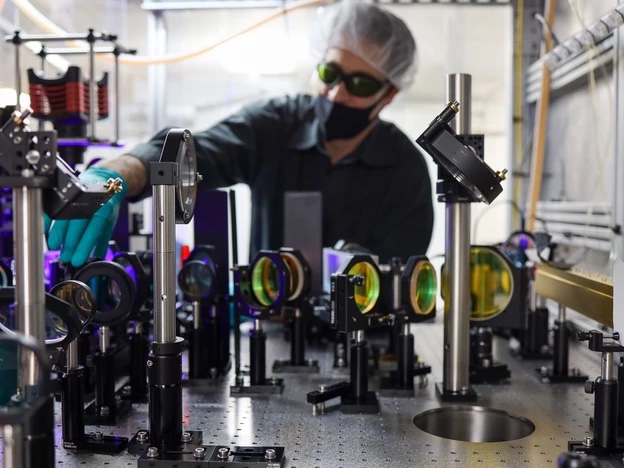 This is only the beginning of the expansion of the IAC program planned for this decade. The administration has set aside a total of $550 million more in funding for IAC-related initiatives over the next five years, which includes $400 million in grants for manufacturers who implement projects recommended by IAC or another similar assessor. The IAC program, established in 1976, works via 31 assessment centers — each at a participating U.S. public university — that release no-cost analyses aimed at helping small and medium businesses increase the energy efficiency of their industrial processes. The $7 million just allocated, in addition to creating IACs at five more universities, will also be used to create workforce training programs to familiarize students, as well as apprentice and existing workers, with new technologies and more efficient practices. With an additional amount of funding 80 times the size of this being devoted to the IAC program over the next five years, it doesn't seem unreasonable to think that it could help add thousands of emerging technologies (including AM) workers to the economy by 2030. Beyond the potential of that funding for the labor pool in the AM sector as a whole, Seurat is ideally positioned to attract a talented workforce simply from its being headquartered in New England in general, and the Boston area, specifically. Along with the sheer abundance of world-class higher education, it's hard to imagine an environment with a greater concentration of metal AM activity. And, even with that in mind, Seurat stands out owing to its unique Area Print technology, which utilizes a system of two million tiny points of laser light to print much larger areas of a layer simultaneously than is possible with other laser powder bed fusion (LPBF) machines. 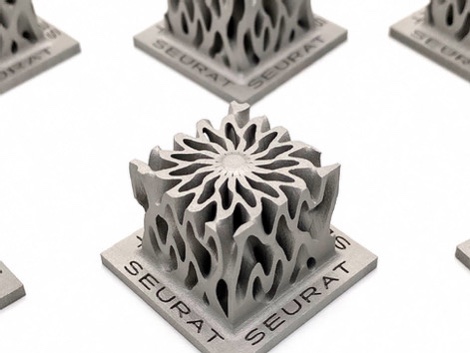 Moreover, in its most recent round of funding, led by the investment arm of Xerox, Seurat gained $21 million, bringing the company's total investments at this point to about $80 million. One of the other investors included the holding company that owns Porsche, which is extremely bullish on AM. In this vein, Seurat could be an excellent fit for engineers and technicians hoping to work on the series production scale, and to work towards eventual implementation of mass customization. Finally, the company is also fairly unique in terms of its position as a developer of its own tech that nonetheless operates as a service bureau instead of as an original equipment manufacturer (OEM). Thus, working at Seurat could allow employees to work on a much wider diversity of products than at a manufacturer/distributor of machines and/or materials. The company would have to do slightly better than it did the past year, over the next three years, for it to reach its goal. This is obviously lofty, but certainly not impossible, especially given the combination of factors described above. However it turns out, Seurat is astute to focus on the entire industry's need to push for more workforce training, and I would think that focus will pay off in terms of its likelihood to reach 1,000 employees. Images courtesy of Seurat The post Seurat Plans to Multiply Metal 3D Printing Workforce Tenfold by 2025 appeared first on 3DPrint.com | The Voice of 3D Printing / Additive Manufacturing. |
| PEEK 3D Printed Oil and Gas Valves Now Available via 3ntr and Valland Posted: 07 Jun 2022 06:00 AM PDT Italian industrial 3D printer manufacturer 3ntr has partnered with custom industrial valve company Valland SpA to 3D print PEEK oil and gas valves. Using 3ntr's Smart Power A4SP 3D printer, Valland has made PEEK components for internal usage and is now transitioning to making PEEK end products for oil and gas companies. Valves have been a focus area for very few people in the 3D printing set. However, given their vast numbers and the high degree of differentiation of custom valve designs, the sector is ripe for additive manufacturing (AM). Many valves are unique, low-volume, or are now out of production. At the same time, valve companies, national oil companies, or private oil majors have to warehouse a large number of these components, tying up capital. If a particular valve can’t be found or made quickly, the costs can be very high in the oil business. These factors contribute to making an ever stronger, and perhaps surprising, case for metal and polymer valves made with 3D printing. Valland went from outsourcing its PEEK parts from a service to internal prototype printing to making their own tooling before venturing into 3D printing commercial products. Recently, it got the first order for its PEEK 3D printed valves. The post PEEK 3D Printed Oil and Gas Valves Now Available via 3ntr and Valland appeared first on 3DPrint.com | The Voice of 3D Printing / Additive Manufacturing. |
| 3D Printed Hypercar to Be Distributed by Czinger Vehicles Global Dealer Network Posted: 07 Jun 2022 05:30 AM PDT Having raised $160 million just this April, 2022 is the year that Divergent 3D and Czinger Vehicles truly ventured into the public eye. Beginning with the lead up to AMUG 2022, CEO and founder Kevin Czinger has revealed an increasing amount of information about the plans and partners for his unique blend of 3D printing and automation technology. The latest is the establishment of the Czinger Vehicles Global Dealer Network, a group of approved merchants for the sale and service of Czinger Vehicles. The Divergent Adaptive Production System (DAPS) that powers Czinger Vehicle's manufacturing is an end-to-end workflow that begins with generative design to optimize parts that are then fabricated on 12-laser metal 3D printers from SLM Solutions and assembled by a robotic cell. The first vehicle to be released by Czinger is the 21C, an impressive hypercar made up of numerous 3D printed metal parts that will be rolled out in a lot of over 80 units. The company will then release a luxury coupe and SUV made with Divergent's DAPS workflow. Now, these vehicles will have a network through which they can be delivered and maintained. The first in the group is Czinger Beverly Hills, which was followed by a long list of dealers around the world: Czinger Tokyo (Sky Group), Czinger Greenwich (Miller Motorcars), Czinger Miami (Prestige Imports), Czinger Dallas (Boardwalk Group), Czinger Frankfurt (Doerr Group), Czinger London (H.R. Owen), Czinger Canada (Pfaff Automotive Partners), Czinger San Diego (O’Gara Coach Company), Czinger Los Gatos (Los Gatos Luxury Cars), Czinger Chicago (Mouse Motors), Czinger Barcelona (Spirits of Speed), and Czinger Saudi Arabia.
Kevin Czinger has said that his firm, Divergent 3D, which produces the vehicles for Czinger Vehicles, has partnerships with eight of the leading original equipment manufacturers in automotive. However, he hasn't revealed which ones. Previously, the company was working with Stellantis's PSA Group. More recently, the CEO posted on social media about a trip to visit Mercedes in Germany. The first official partnership will be revealed this September. If all goes as planned, DAPS microfactories could do the globe and revolutionize the way auto manufacturing is done. Until then, we will have to wait and see. The post 3D Printed Hypercar to Be Distributed by Czinger Vehicles Global Dealer Network appeared first on 3DPrint.com | The Voice of 3D Printing / Additive Manufacturing. |
| 3DPOD Episode 108: AM for Space & Defense with Brian Neff, Sintavia Founder and CEO Posted: 07 Jun 2022 05:00 AM PDT Sintavia‘s Brian Neff has built a company that uses a fleet of large metal powder bed fusion systems to 3D print some of the most demanding and technically challenging parts that can be made. In the U.S. aerospace and defense markets, Sintavia is already well-known. Outside of that arena, not so much. We talk with Brian about Sintavia’s journey and what the company produces. We talk about the potential of 3D printing for heat exchangers and heat sinks as well as for space. Really interesting episode and we really hope that you enjoy it as well! The post 3DPOD Episode 108: AM for Space & Defense with Brian Neff, Sintavia Founder and CEO appeared first on 3DPrint.com | The Voice of 3D Printing / Additive Manufacturing. |
| You are subscribed to email updates from 3DPrint.com | The Voice of 3D Printing / Additive Manufacturing. To stop receiving these emails, you may unsubscribe now. | Email delivery powered by Google |
| Google, 1600 Amphitheatre Parkway, Mountain View, CA 94043, United States | |


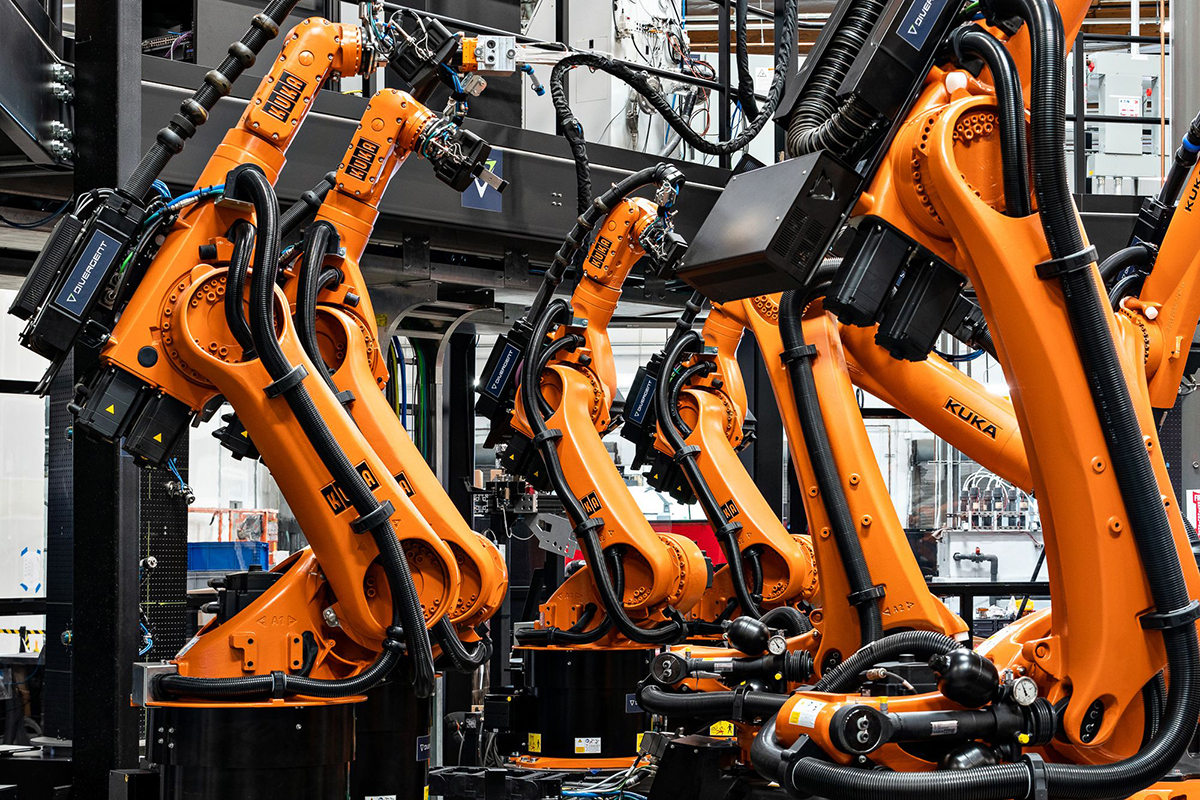
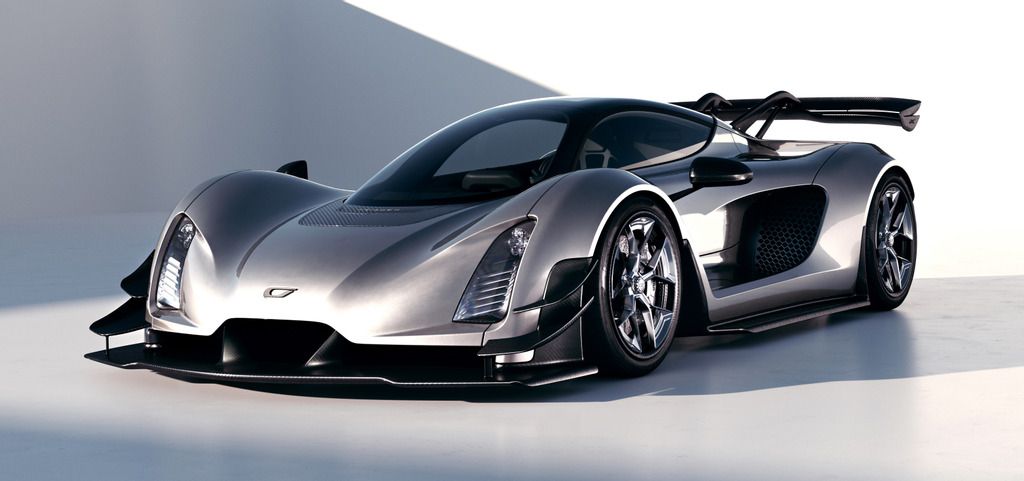
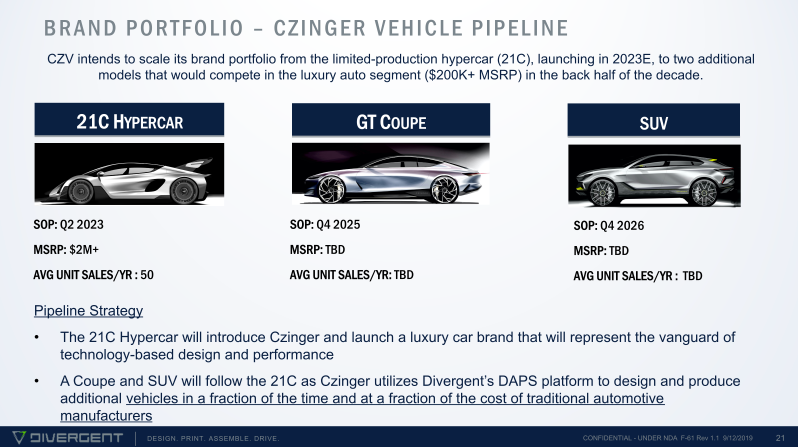

0 comments:
Post a Comment